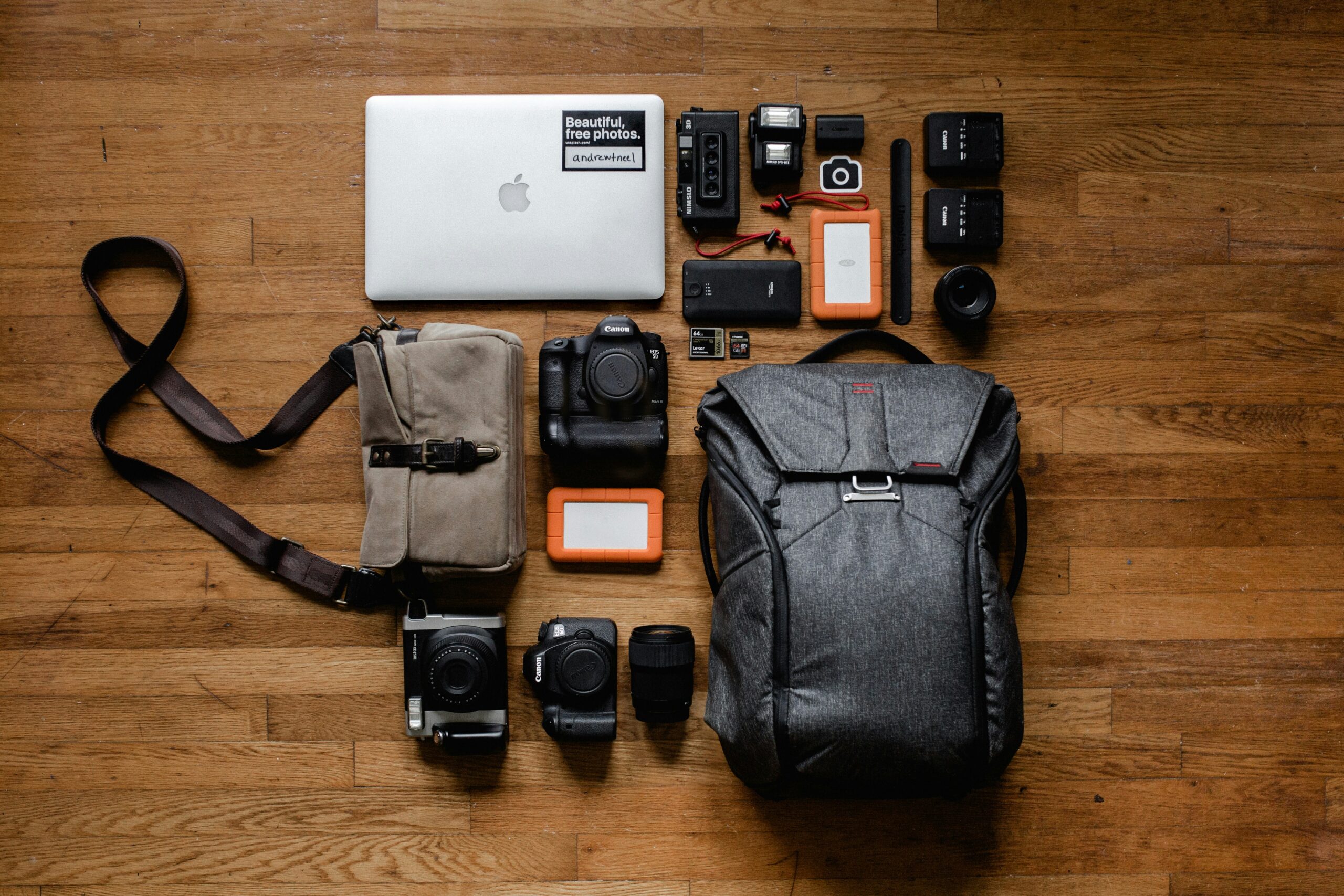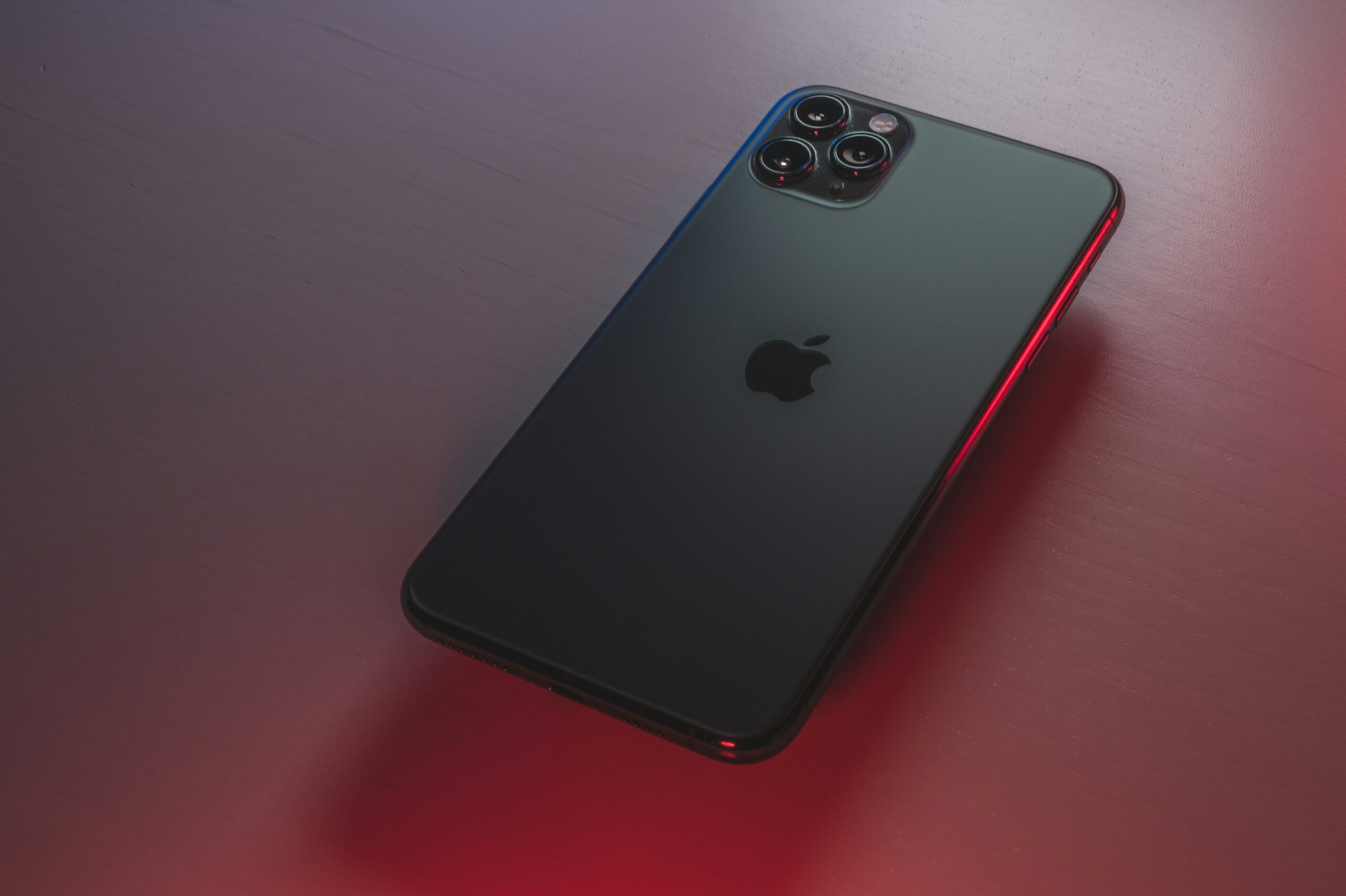In a world where technology is an integral part of our daily lives, the need for portable power solutions has never been greater. Whether you’re camping in the wilderness, traveling off-grid, or simply enjoying the great outdoors, having a reliable source of electricity to charge your devices is essential. Enter solar chargers – innovative devices that harness the power of the sun to keep your phones, tablets, and other gadgets powered up wherever you go.
In this comprehensive guide, we’ll delve deep into the world of solar chargers, exploring everything from the science behind solar energy to the latest advancements in solar charging technology. Whether you’re a seasoned outdoor enthusiast or a tech-savvy individual looking to embrace sustainable energy solutions, this epic guide will equip you with the knowledge and insights you need to find the best solar charger for your needs.
What are solar chargers?
In recent years, solar chargers have emerged as a convenient and eco-friendly solution for powering electronic devices on the go. Unlike traditional chargers that rely on grid electricity or disposable batteries, solar chargers harness the abundant energy of the sun to generate power. This renewable energy source not only reduces our reliance on fossil fuels but also provides a sustainable way to stay connected in remote locations.
Solar chargers come in various shapes, sizes, and configurations, ranging from compact, pocket-sized panels designed for charging smartphones to larger, multi-panel arrays capable of powering laptops and other high-demand devices. Whether you’re backpacking through the mountains, sailing across the ocean, or simply lounging in your backyard, a solar charger offers a versatile and environmentally friendly way to keep your devices charged and ready for action.
How Solar Chargers Work
At their core, solar chargers utilize photovoltaic (PV) cells – also known as solar cells – to convert sunlight into electricity through a process known as the photovoltaic effect. Each solar cell consists of semiconductor materials, such as silicon, that absorb photons (light particles) from the sun and release electrons, creating an electric current. When multiple solar cells are connected together in a panel, they generate a higher voltage and power output.
The electricity generated by the solar panels is then directed to a charge controller, which regulates the voltage and current to ensure safe and efficient charging of your devices. From there, the power can be stored in a battery for later use or directly supplied to your devices via USB ports or other connectors.
Types of Solar Chargers
Solar chargers come in various configurations to suit different needs and preferences. Some of the most common types include:
- Portable Solar Panels: These lightweight and foldable panels are designed for easy transport and setup, making them ideal for camping, hiking, and other outdoor activities.
- Solar Power Banks: These compact devices combine solar panels with built-in batteries, allowing you to store solar energy for later use or charge your devices directly.
- Solar Backpacks: These innovative backpacks feature integrated solar panels on their exterior, allowing you to harness solar power while on the move.
- Fixed Solar Installations: For more permanent setups, such as off-grid cabins or RVs, fixed solar installations with roof-mounted panels and battery banks provide a reliable source of renewable energy.
Key Features to Consider
When choosing a solar charger, several key features should be taken into account to ensure you find the best option for your needs:
- Solar Panel Efficiency: Look for solar chargers with high-efficiency solar panels that can generate more power in less sunlight.
- Battery Capacity: If opting for a solar power bank, consider the capacity of the built-in battery to ensure it can adequately charge your devices.
- Portability: For outdoor adventures, prioritize lightweight and compact solar chargers that are easy to carry and transport.
- Durability: Choose solar chargers made from rugged and weather-resistant materials to withstand outdoor conditions and rough handling.
- Compatibility: Ensure the solar charger is compatible with your devices, including smartphones, tablets, cameras, and other gadgets.
- Charging Speed: While solar charging is typically slower than traditional methods, look for chargers with fast-charging technology to minimize wait times.
Best Solar Chargers
In this section, we’ll showcase the top 10 solar chargers of 2024, highlighting their features, pros and cons, and overall performance to help you make an informed decision.
1. Anker PowerPort Solar Charger
Features:
- High-efficiency solar panels
- Dual USB ports
- Lightweight and portable design
- Durable and weather-resistant construction
Pros:
- Fast charging speed
- Compact and foldable
- Compatible with a wide range of devices
Cons:
- May struggle in low-light conditions
- Limited battery capacity
2. Goal Zero Nomad 20 Solar Panel
Features:
- Monocrystalline solar panels
- Integrated kickstand for optimal positioning
- Weather-resistant design
- Chainable for additional power output
Pros:
- High power output
- Rugged and durable
- Ideal for charging power banks and larger devices
Cons:
- Heavier and bulkier than some alternatives
- Higher price point
3. RAVPower Solar Charger 24W
Features:
- Four high-efficiency solar panels
- Dual USB ports with iSmart technology
- Lightweight and portable design
- Built-in smart IC chip for optimized charging
Pros:
- Fast and efficient charging
- Foldable and compact
- Affordable price point
Cons:
- May struggle in cloudy or shaded conditions
- USB ports could be more durable
4. BigBlue 28W Solar Charger
Features:
- High-efficiency SunPower solar panels
- Three USB ports with SmartIC technology
- Lightweight and foldable design
- Built-in ammeter for real-time monitoring
Pros:
- Fast and reliable charging
- Compact and portable
- Durable and weather-resistant construction
Cons:
- May be less effective in indirect sunlight
- USB ports may loosen over time
5. X-DRAGON Solar Charger 40W
Features:
- Fourfold solar panels with ETFE coating
- Dual USB ports with SmartIC technology
- Lightweight and portable design
- Built-in magnetic closure for easy storage
Pros:
- High power output
- Efficient charging in various conditions
- Compatible with most USB devices
Cons:
- Higher price point
- May be less durable in extreme weather
6. Nekteck 21W Portable Solar Charger
Features:
- High-efficiency SunPower solar panels
- Dual USB ports with SmartIC technology
- Lightweight and foldable design
- Built-in kickstand for optimal positioning
Pros:
- Fast and reliable charging
- Compact and portable
- Affordable price point
Cons:
- May struggle in low-light conditions
- USB ports may become loose with frequent use
7. Hiluckey Solar Charger 25000mAh
Features:
- High-capacity lithium-polymer battery
- Three solar panels with PET laminated surface
- Dual USB ports with SmartIC technology
- Built-in LED flashlight and compass
Pros:
- Large battery capacity
- Fast charging via solar or wall outlet
- Rugged and durable construction
Cons:
- Longer charging times in direct sunlight
- Heavier and bulkier than some alternatives
8. BEARTWO Portable Solar Charger 10000mAh
Features:
- Compact and lightweight design
- High-efficiency solar panels
- Dual USB ports with SmartIC technology
- IP67 waterproof and shockproof rating
Pros:
- Portable and easy to carry
- Fast charging for smartphones and tablets
- Durable and rugged construction
Cons:
- Smaller battery capacity
- Limited power output in low-light conditions
9. BLAVOR Solar Charger 20000mAh
Features:
- High-capacity lithium-polymer battery
- Fourfold solar panels with PET laminated surface
- Dual USB ports with SmartIC technology
- IPX5 waterproof and shockproof rating
Pros:
- Large battery capacity
- Efficient solar charging in various conditions
- Built-in compass and LED flashlight
Cons:
- Longer charging times via solar
- Bulky and less portable than smaller options
10. SUAOKI Solar Charger 28W
Features:
- Triple solar panels with ETFE coating
- Dual USB ports with SmartIC technology
- Lightweight and foldable design
- Built-in ammeter for real-time monitoring
Pros:
- High power output
- Fast and efficient charging
- Durable and weather-resistant construction
Cons:
- Higher price point
- May be less effective in indirect sunlight
In-Depth Reviews
Anker PowerPort Solar Charger
Performance: The Anker PowerPort Solar Charger features high-efficiency monocrystalline solar panels that deliver reliable performance even in low-light conditions. With dual USB ports, it offers fast charging for smartphones, tablets, and other devices.
Durability: Built with durable materials and a weather-resistant design, the Anker PowerPort is well-suited for outdoor use. Its compact and foldable design makes it easy to carry in a backpack or suitcase.
User Experience: Users appreciate the fast-charging capabilities of the Anker PowerPort, as well as its lightweight and portable design. Some users have reported issues with the durability of the USB ports over time.
Goal Zero Nomad 20 Solar Panel
Performance: The Goal Zero Nomad 20 Solar Panel features monocrystalline solar panels and an integrated kickstand for optimal positioning. It delivers high power output for charging power banks and larger devices.
Durability: With its rugged and weather-resistant construction, the Goal Zero Nomad 20 is built to withstand outdoor conditions. Its chainable design allows for additional power output when connected to other Goal Zero products.
User Experience: Users praise the durability and reliability of the Goal Zero Nomad 20, as well as its efficient charging capabilities. However, some users find it to be bulkier and heavier than other options on the market.
RAVPower Solar Charger 24W
Performance: The RAVPower Solar Charger 24W features four high-efficiency solar panels and dual USB ports with SmartIC technology for optimized charging. It offers fast and efficient charging for smartphones and tablets.
Durability: Constructed with durable materials and a foldable design, the RAVPower Solar Charger is portable and well-suited for outdoor adventures. Its built-in smart IC chip helps protect against overcharging and overheating.
User Experience: Users appreciate the compact and lightweight design of the RAVPower Solar Charger, as well as its fast-charging capabilities. However, some users have reported issues with the USB ports becoming loose over time.
Comparison Chart
| Solar Charger | Solar Panel Type | Output Ports | Battery Capacity | Weight | Price Range |
|---|---|---|---|---|---|
| Anker PowerPort | Monocrystalline | Dual USB | N/A | N/A | $$ |
| Goal Zero Nomad 20 | Monocrystalline | N/A | N/A | N/A | $$$ |
| RAVPower 24W | Polycrystalline | Dual USB | N/A | N/A | $$ |
| BigBlue 28W | SunPower | Triple USB | N/A | N/A | $$ |
| X-DRAGON 40W | SunPower | Dual USB | N/A | N/A | $$$ |
| Nekteck 21W | SunPower | Dual USB | N/A | N/A | $$ |
| Hiluckey 25000mAh | N/A | Dual USB | 25000mAh | N/A | $$ |
| BEARTWO 10000mAh | N/A | Dual USB | 10000mAh | N/A | $$ |
| BLAVOR 20000mAh | N/A | Dual USB | 20000mAh | N/A | $$ |
| SUAOKI 28W | ETFE Coating | Dual USB | N/A | N/A | $$$ |
How long does it take to charge a device using a solar charger?
The charging time for devices using a solar charger can vary depending on factors such as solar panel efficiency, sunlight intensity, and the capacity of the device’s battery. In optimal conditions, a solar charger can charge a smartphone or similar device within a few hours. However, charging times may be longer in cloudy or shaded conditions.
Can I use a solar charger to charge multiple devices simultaneously?
Many solar chargers come with multiple USB ports, allowing you to charge multiple devices simultaneously. However, it’s essential to consider the total power output of the solar charger and ensure it can provide adequate power to all connected devices. Charging multiple devices may also affect the overall charging speed.
Are solar chargers waterproof?
While some solar chargers are water-resistant and can withstand light rain or splashes, not all solar chargers are fully waterproof. It’s essential to check the IP (Ingress Protection) rating of the solar charger to determine its water resistance level. If you plan to use a solar charger in wet or rainy conditions, consider opting for a model with a higher IP rating.
Can I use a solar charger indoors?
Solar chargers rely on sunlight to generate electricity, so they are not suitable for indoor use unless you have access to direct sunlight through a window or skylight. Even in bright indoor environments, solar chargers may not be as effective as they are outdoors. It’s best to use solar chargers in outdoor settings where they can harness the full power of the sun.
How do I maintain and care for my solar charger?
To maintain your solar charger in good condition, keep the solar panels clean and free from dust, dirt, and debris. Regularly wipe down the panels with a soft, damp cloth, and avoid using abrasive cleaners that could damage the surface. Store the solar charger in a dry, cool place when not in use, and avoid exposing it to extreme temperatures or harsh weather conditions.
Conclusion
In conclusion, solar chargers offer a convenient, eco-friendly, and versatile solution for powering your devices on the go. Whether you’re hiking in the wilderness, traveling off-grid, or simply enjoying the outdoors, a solar charger provides a reliable source of electricity that harnesses the power of the sun.
By considering factors such as solar panel efficiency, battery capacity, portability, and durability, you can find the perfect solar charger to meet your needs. With the top solar chargers and expert insights provided in this guide, you’ll be well-equipped to stay connected wherever your adventures take you.



